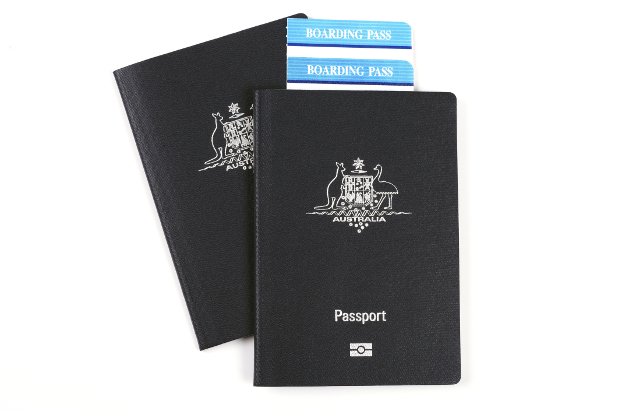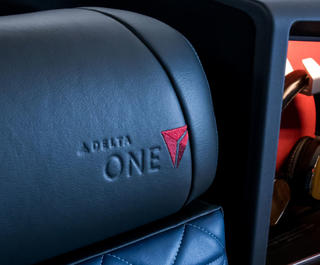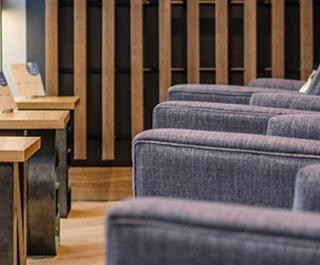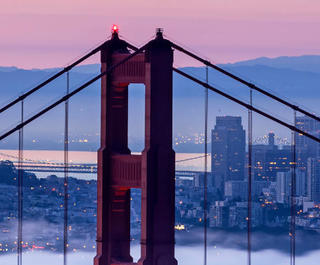
Words by Carlie Tucker
"Out with the old; in with the new." seems to be the mantra of the travel industry these days. Airlines, airports, hotels and rental car services are continually integrating new ways for travellers to breeze through check-ins and sign-ups en route to their final destination.
Even Customs and Border Protection is not immune to this push for smarter, faster procedures to get travellers across the border and on their way. Hence the introduction of SmartGate.
What is SmartGate?
Introduced in 2007, SmartGate is an automated self-processing system available in all Australian international airports. According to the SmartGate website, it uses ePassports and face recognition technology to "perform customs and immigration checks usually conducted by a Customs and Border Protection officer".
Who Can Use SmartGate?
Rather than standing in the long lines created by disembarking passengers on international flights, eligible passengers are invited to approach a separate SmartGate line to be self-processed through a SmartGate gate. Originally available only to residents and citizens of Australia and New Zealand, the SmartGate program has opened eligibility to include ePassport holders aged 16 or over from the following countries:
- Australia
- New Zealand
- United Kingdom
- United States of America
- Singapore
Some airports are trialling eligibility for ePassport holders aged 16 and over from:
- Switzerland
- Canada
- Ireland
SmartGate is also trialling Australian ePassport holders aged 10 to 15 that are travelling with at least two adults.
With the system's continued success, the Australian government aims to keep expanding, hoping to eventually accept all ePassport holders from around the globe. There is also a goal to include both arriving and departing passengers passing through Australian international airports.
How To Use SmartGate
In order to use SmartGate, you must have an ePassport. This is a chip embedded in your passport that contains all of your identification information, including a digital photo of your face. A huge number of countries have been issuing ePassports for years. So, if you have a newer passport, chances are it contains the ePassport chip. If you have any doubt, ePassports are easily identified by an ePassport symbol that appears below 'Passport' on the front cover of your passport:

Image courtesy of Getty
Using SmartGate is easily done in two steps, the first of which is to locate a SmartGate Kiosk. Positioned on the concourse or at passport control, these kiosks will let you know if you are eligible to use SmartGate and issue you with a SmartGate ticket.
Approach the kiosk, place your passport into the reader and use the touch screen to answer a few standard questions. You will then be issued a SmartGate ticket.
With your ticket in hand, approach the SmartGate lines at Customs. Insert your ticket at the gate and look into the camera while your face is identified using your ePassport photo. With a positive identification, you can retrieve your ticket when the gates open and move on to the baggage claim area.
Remember to hang onto that ticket. You'll need to present it to a Customs and Border Protection officer after you collect your baggage as evidence that you've been cleared to enter the country.
Keep In Mind
- SmartGate gates are wheelchair accessible.
- Remove hats or glasses when looking into the camera for face recognition. If you're wearing prescription glasses in your passport photo, you can leave them on.
- You will not receive a stamp in your passport if you use SmartGate. Stamps are no longer required when crossing boarders as everything is done electronically, but if you would like one for old time's sake, you may want to skip the SmartGate option.
- If there are any hiccups when using SmartGate, you will not have to join the manual processing queue. You will be directed to a SmartGate assistance desk where you will be manually processed by a Customs and Border Protection officer.
- You'll still need to complete an incoming passenger card on the plane, which you'll need to present to the Customs and Border Protection office after you collect your baggage.









